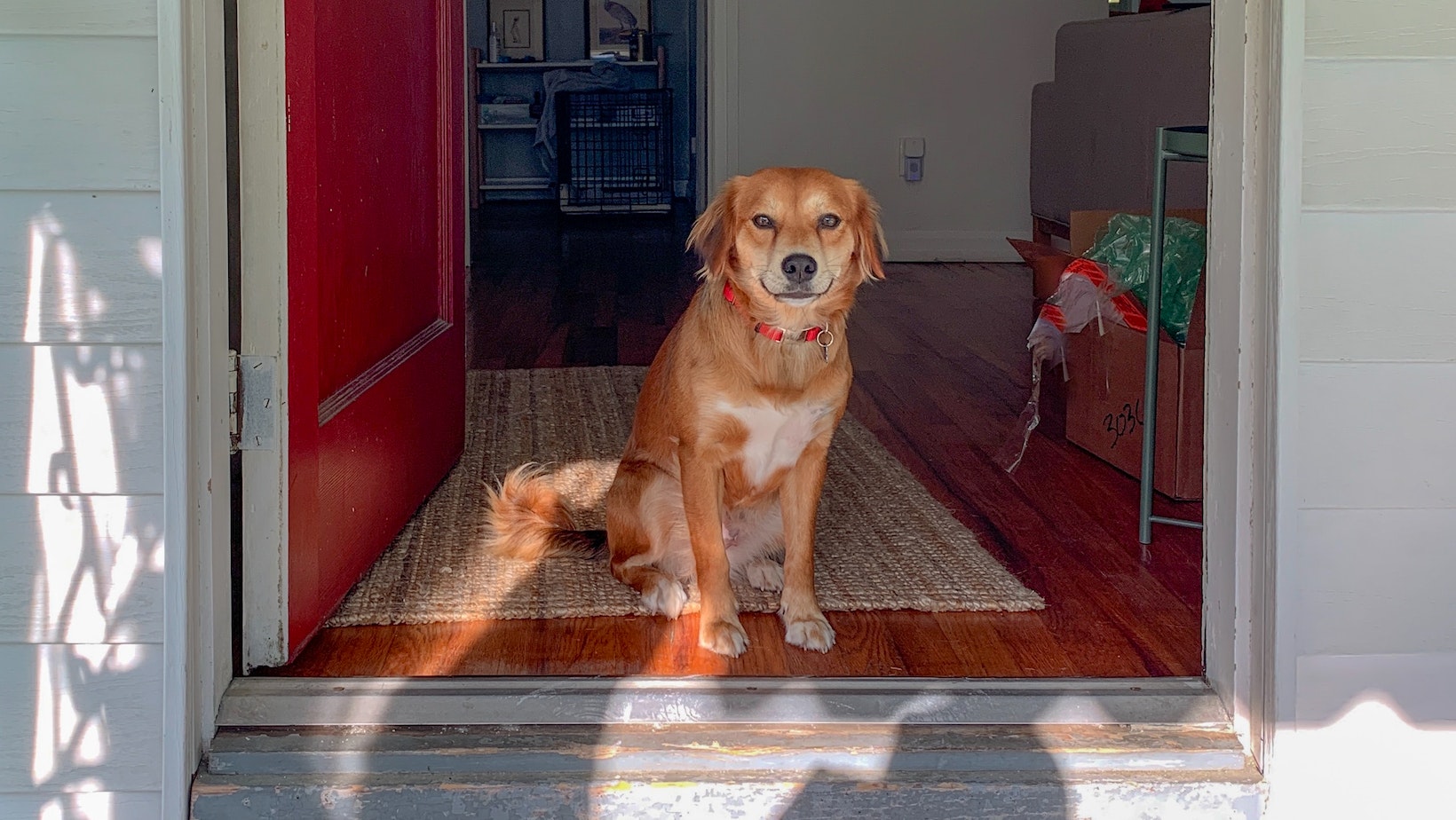Training your Labrador to walk on a leash can be a challenging task, but with the right techniques and consistency, it is definitely achievable. In this article, I’ll guide you through the step-by-step process of how to train your dog to walk on a leash like a pro.
Firstly, it’s important to choose the right equipment for your Labrador. A sturdy and comfortable harness or collar that fits properly is essential. This will ensure that your dog feels secure and won’t slip out during walks. Next, introduce your Labrador to the leash gradually. Start by allowing them to sniff and investigate it while offering treats as positive reinforcement.
Once your Labrador is comfortable with the leash, begin by walking them in a familiar and quiet area free from distractions. Keep the leash loose and let your dog explore their surroundings within a controlled radius. Use verbal cues such as “heel” or “walk” consistently throughout the training session.
Remember to reward good behavior with praise and treats. Gradually increase the duration and distance of each walk while maintaining control over your dog’s movements. It may take time for them to adjust, so be patient and stay consistent in your approach.

How To Train Your Dog To Walk On A Leash
When it comes to training your Labrador to walk on a leash, positive reinforcement techniques can be highly effective. These methods focus on rewarding good behavior rather than punishing unwanted behavior, creating a more enjoyable and successful training experience for both you and your furry friend.
Here are some key techniques that utilize positive reinforcement:
- Treat-based rewards: Dogs respond well to treats, so using them as rewards can motivate them to comply with leash training. Keep small, bite-sized treats handy during walks and offer them as a reward when your Labrador walks calmly beside you or follows basic commands such as “heel” or “sit.” This helps reinforce the desired behavior and encourages your dog to repeat it in the future.
- Verbal praise: Alongside treats, verbal praise is an essential component of positive reinforcement. Whenever your Labrador displays good leash manners or responds correctly to commands, shower them with enthusiastic praise. Use phrases like “Good job!” or “Well done!” in an upbeat tone of voice. Your dog will associate the positive feedback with their actions and be motivated to continue behaving appropriately.
- Clicker training: Clicker training is another effective technique that pairs a distinct sound (the click) with a treat reward. Start by associating the clicker sound with treats through repetition and consistency. Once your Labrador understands that the click signifies a reward, you can use it during leash training sessions to mark desired behaviors instantly. Click when they walk calmly or remain focused on you while walking, then follow up with a treat.
- Breaks and freedom: Dogs need breaks during walks too! Incorporate short periods of off-leash time into your walks as rewards for good behavior. Find safe areas where your Labrador can roam freely for a few minutes before returning to structured walking on the leash. This not only provides physical exercise but also reinforces that following leash rules leads to enjoyable moments of freedom.
If you notice your Labrador becoming fixated on a particular distraction while walking, redirect their attention back towards you using verbal cues or gentle leash guidance. By consistently reinforcing positive behavior and redirecting their focus onto you instead of the distraction, they will learn that staying connected with you is more rewarding.
Remember, consistency and patience are key when using positive reinforcement techniques. It may take time for your Labrador to fully grasp leash training, so celebrate small victories along the way. With dedication and a positive approach, you’ll soon have a well-behaved dog who walks happily by your side on a leash.